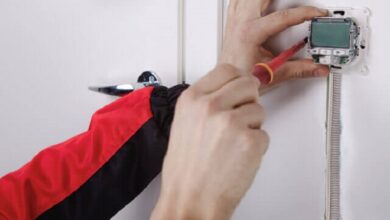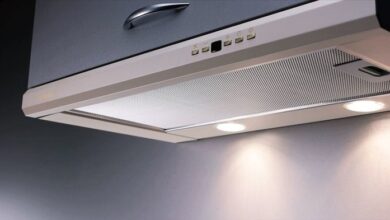Formwork plywood
What material is better to use for formwork when pouring concrete? So that the mortar cannot squeeze out and damage the structure and that the formwork is reusable? These and other questions will be answered in this article.
It is known that the quality of the product at the output will largely depend on the quality of the formwork. Expensive plywood for formwork may seem expensive only at first glance, because during its operation it will fully justify itself and the requirements placed on it.
Firstly, moisture-resistant and laminated plywood withstands many pouring cycles, while not deforming or delaminating. Unlike a cheap second-rate board, which is only good for two or three fills.
Formwork plywood is produced using a special technology. The fibers in it should be located in different directions with respect to each other and glued together. By marking plywood, you can determine what material was used for gluing, for example, FB, FBA, FK, and marking Sh-1, Sh-2, NSh indicates the degree of processing, that is, grinding the sides.
The main advantages of using plywood for formwork:
Resistance to deformation (the main thing is to fix vertical supports at a certain distance to fix the shape);
The finished concrete product is obtained with smooth surfaces that do not require further processing and repair (no shells, chips, cracks, prints);
With multiple use, plywood formwork can be adjusted to geometric dimensions right on the spot, during its installation;
Plywood formwork is much lighter and easier to install than wooden panels.
In order for the formwork to last as long as possible, it must be properly taken care of: after stripping the product, the form must be cleaned of concrete residues, dried and left unassembled until the next use so that it does not deform.
You can use painted, laminated plywood. At the cut, treat the sheets with glue or paint so that the plywood does not delaminate during operation.



